Calls for Ukraine
Calls for Europe
Calls for USA
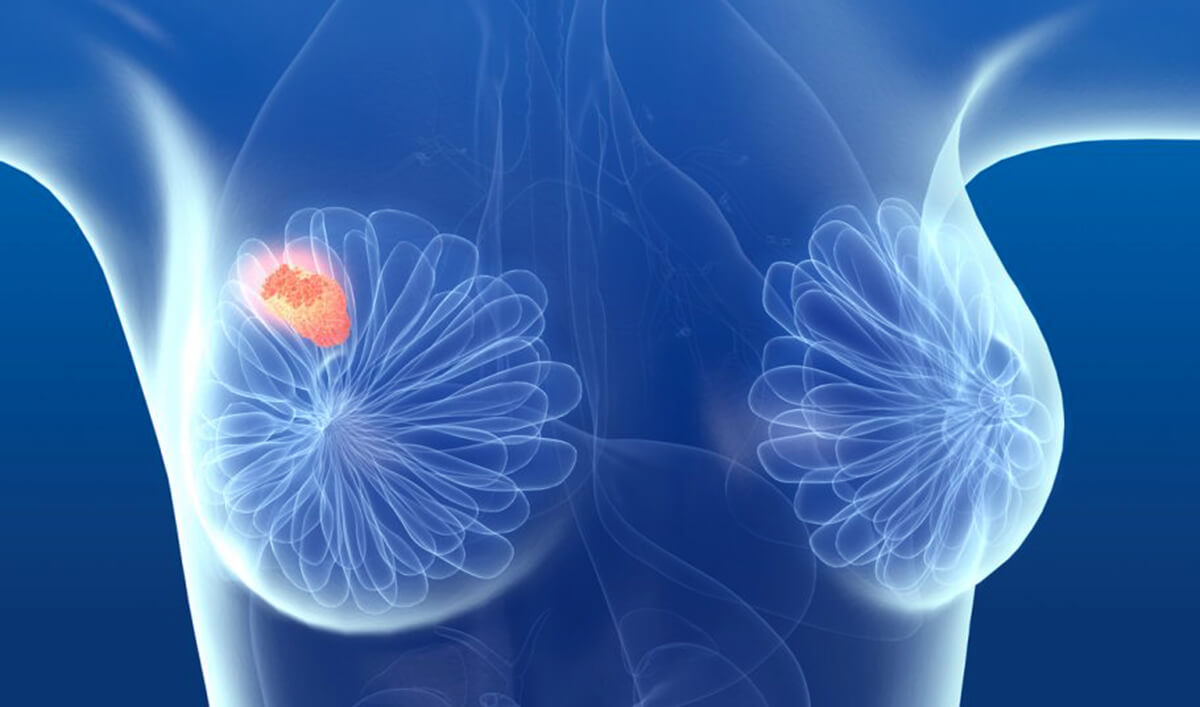
Fibroadenoma is a benign breast tumor. According to statistics, it accounts for 3-10% of all breast diseases. Most often it is diagnosed in women aged 25-40 years. This is a dense elastic tumor that usually has a round outline. In most cases, single fibroadenomas develop in the breast; less often, in about 15%, many tumors can occur simultaneously. They come in various sizes, from a few millimeters to 5-7 centimeters or more.
Fibroadenomas have a low potential life-threatening risk. Most often, they grow up to several centimeters, after which they stop growing or grow very slowly, without causing any concern to the woman. However, these tumors can grow too much and deform the mammary gland. In addition, some types of fibroadenomas can degenerate into malignant tumors, and then they begin to pose a serious threat to life. Another danger is that this type of tumor can be confused with breast cancer. Therefore, if a woman discovers a tumor in her breast, she needs to see a doctor as soon as possible in order to accurately diagnose the type of tumor.
MedTour will help you find a good clinic and doctor who specialize in the diagnosis and treatment of breast tumors.
The causes of this pathology have not yet been fully elucidated, but it is known that fibroadenomas occur due to hormonal imbalances. Most often, tumors of this type appear during puberty or during menopause. In both cases, hormonal surges are observed in the woman’s body.
The risk of developing the disease may increase with a hereditary predisposition. Breast injuries, stress, gynecological and endocrine diseases can also provoke the appearance of this type of pathology.
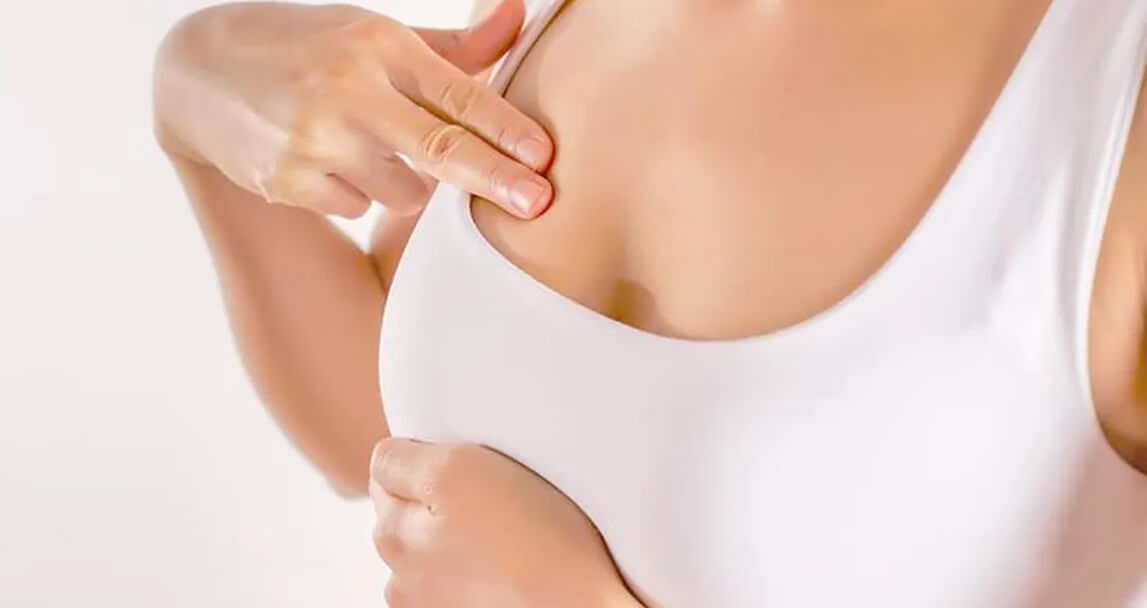
Typically, a tumor of this type grows quite slowly and its growth is not accompanied by any symptoms. Therefore, most often it is accidentally discovered during a routine examination. Or a woman feels it herself when the tumor reaches a noticeable size.
Signs by which a woman can identify fibroadenoma during breast palpation:
If you have been diagnosed with fibroadenoma, it is not recommended to sunbathe or undergo thermal procedures, including visiting baths and saunas. Additionally, massaging your breasts should be avoided.
Although fibroadenoma is a benign neoplasm, its appearance should not be ignored, as there is a risk of the tumor degenerating into breast cancer. Therefore, if a woman feels a lump in her breast, she must make an appointment with a mammologist and undergo an examination. After an accurate diagnosis, the doctor will be able to determine whether fibroadenoma treatments are needed and what approach should be taken.
Would you like to consult a good specialist regarding the diagnosis and treatment of breast tumors? Contact a MedTour consultant, and the doctor will advise you on these issues for free.
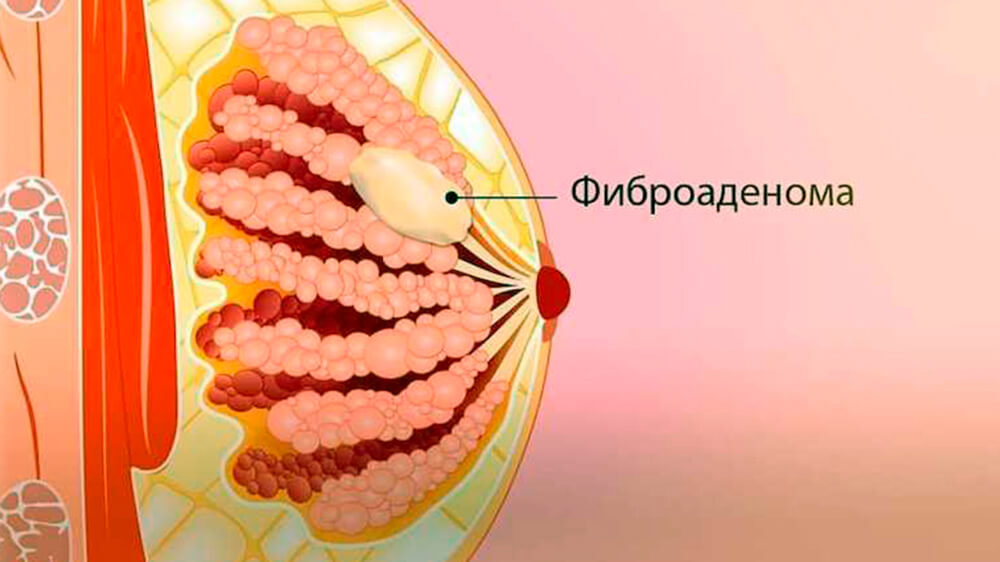
Doctors distinguish between ordinary and phyllodes fibroadenomas. The usual histological features are divided into:
These types of tumors are not prone to developing into cancer. However, they can grow large.
Phylloid fibroadenoma is also called leaf-shaped breast tumor. This is a fairly rare and most dangerous form, characterized by rapid growth and a high probability of malignancy.
A cyst is a sac filled with fluid, while fibroadenoma is a tumor. While cysts may cause discomfort as they grow, fibroadenoma pain is not typical. However, if you experience pain or tenderness in the breast, it’s important to consult a specialist for an accurate diagnosis.
Also, do not confuse fibroadenoma with fibroadenomatosis. Fibroadenomatosis is diagnosed when the mammary gland hardens due to the proliferation of connective tissue. These are different conditions that require accurate diagnosis and different treatment approaches.
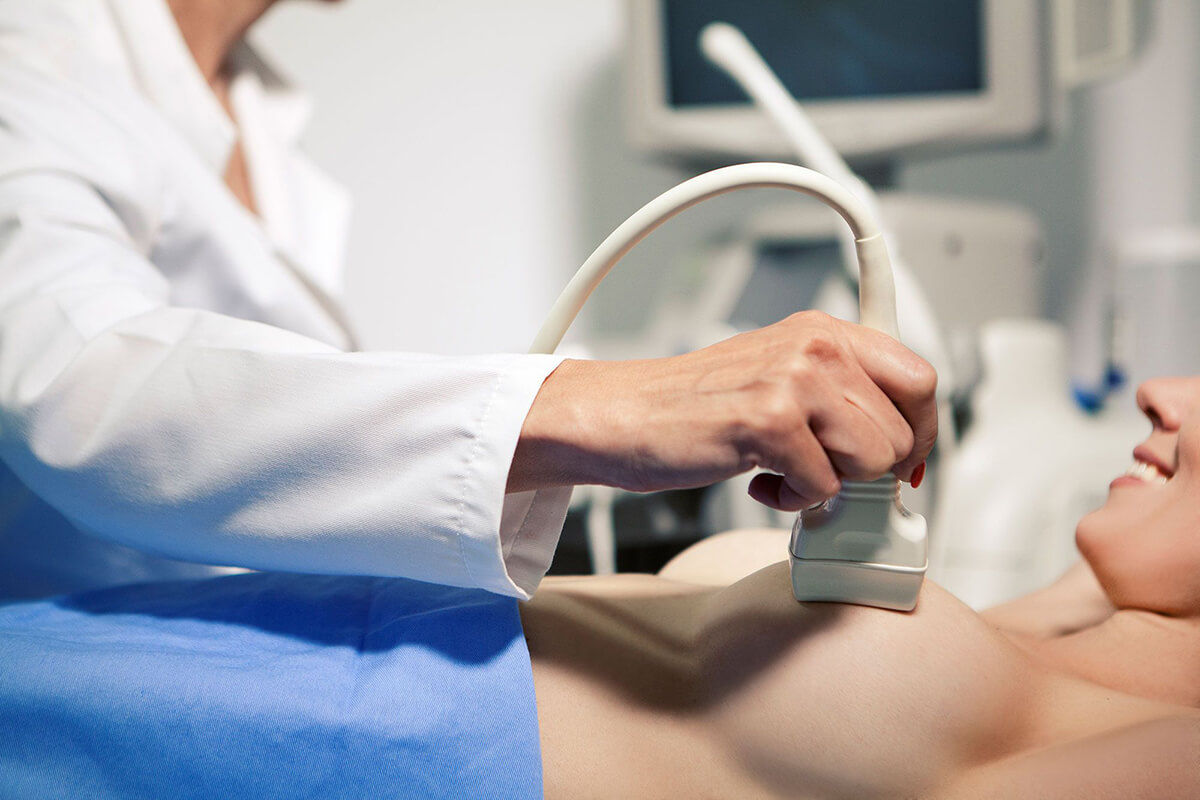
Diagnosis of pathology usually begins with a visit to a mammologist, during which the doctor examines and palpates the breast. In addition, the standard examination method for suspected cases of this disease is breast ultrasound. Doctors recommend mammography for women over 40 years of age. These research methods show the tumor, determine its location and size. The doctor may also notice certain features that are characteristic of this pathology, for example, look at how the echo signal travels, what the contours of the tumor are.
If the methods listed above do not allow an accurate diagnosis, the doctor may order a biopsy. In this case, specialists take a piece of tissue and conduct a histological analysis of it, which will allow them to accurately determine the type of tumor cells and thus determine the type of tumor. Doctors can also additionally prescribe tests for hormones and tumor markers.
Treatment is selected taking into account the characteristics of the tumor. If it is not leaf-shaped, the compaction is small, and there is no active growth, doctors may recommend conservative treatment. In this case, hormonal drugs may be prescribed.
Also, in some cases, the doctor may suggest a wait-and-see approach, when the woman is advised to simply observe the tumor, periodically doing breast examinations. But most often doctors recommend removal of fibroadenoma. This can be done surgically, or the fibroadenoma can be removed without surgery.
Surgical methods for removing breast fibroadenoma can be different. This can be enucleation, secretory resection, and in extremely rare cases even complete removal of the breast. Without surgery, laser removal of breast fibroadenoma, as well as cryoablation and radiofrequency ablation can be performed.
Enucleation is a gentle, low-traumatic method. During the procedure, the doctor removes the tumor from the capsule, after which the resulting area is sutured. This operation can be performed under local anesthesia. It leaves no large scars.
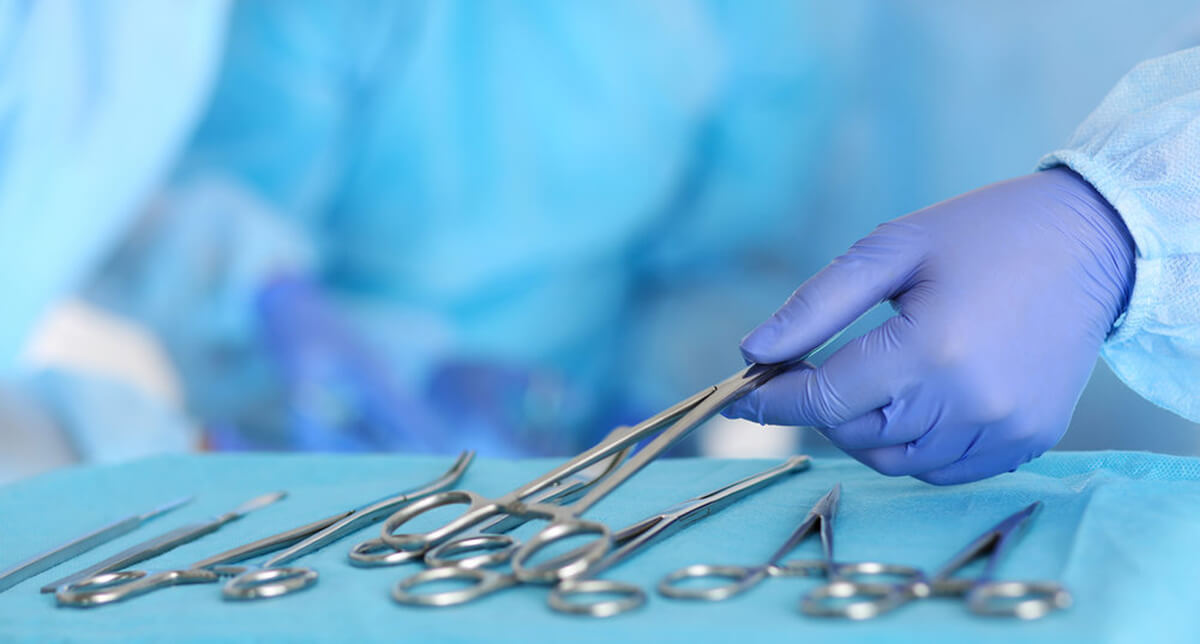
If the tumor is large enough or there is a suspicion of its malignancy, doctors choose this type of operation. In this case, the surgeon removes the fibroadenoma under general anesthesia. The surgeon removes the tumor and several centimeters of nearby tissue. This is a more traumatic procedure, which may leave scars and may require subsequent plastic surgery to correct aesthetic defects.
Removing a tumor with a laser is considered a more gentle method than surgery. It is performed under local anesthesia. During the procedure, the doctor uses a puncture needle to insert a laser guide into the tumor. Then, under its influence, the neoplasm is “evaporated.” This completely destroys the tumor. Over time, the normal structure of the mammary gland is restored in its place. The advantages of this technique: a gentle type of effect on the body, which is easily tolerated by the patient, and the absence of scars.
Minimally invasive removal techniques also include cryoablation and radiofrequency ablation. In the first case, liquid nitrogen is used, and in the second, high-frequency electric current is used to destroy the tumor.
It depends on what type of tumor the tumor is and how it manifests itself. Usually, doctors recommend removing a tumor larger than one centimeter, but in some situations the doctor may advise removing smaller tumors, or, conversely, choosing observational tactics for larger tumors.
Prices for removal may vary significantly depending on the method used to remove the tumor. Also, the cost will vary from country to country. In addition, pricing is influenced by the rating of the clinic where you will have the procedure performed and the status of your attending physician.
To find out cost options for fibroadenoma removal in different clinics and countries, contact your MedTour coordinating doctor. The medical coordinator will be able to advise you in detail on prices and other issues that interest you.
On the MedTour platform you can see different clinics for the treatment of fibroadenoma. We cooperate with the best medical centers in different countries, we know where the latest treatment methods are used and leading specialists in this field of medicine work. For example, you can contact the following medical institutions:
The MedTour coordinator will help you make the best choice of clinic.
Would you like to find a good fibroadenoma treatment specialist who can help you choose the most appropriate strategy to combat the disease in your case? MedTour works with the best mammologists in different countries of the world who treat breast diseases of any degree of complexity and use the most productive methods of therapy. We will help you find a doctor based on your medical needs and individual wishes.
Contact the MedTour coordinating doctor to receive free detailed information about leading specialists involved in the treatment of breast diseases.
Please rate the work of MedTour
